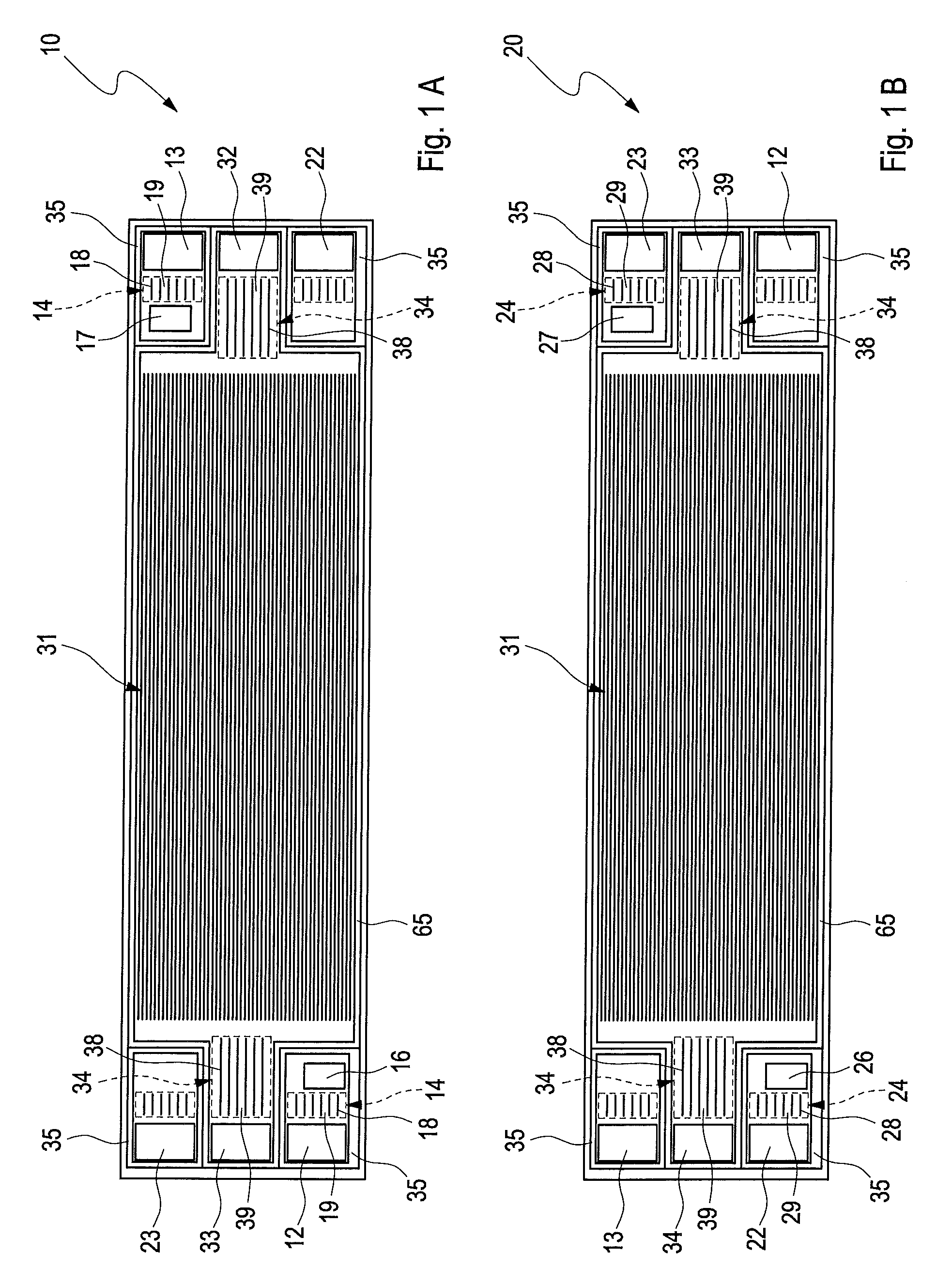Assembling bipolar plates for fuel cells using microencapsulated adhesives
a fuel cell and micro-encapsulation technology, applied in the field of fuel cell bipolar plate assembly, can solve the problems of short pot life of the adhesive, long heat-curing cycle, and inability to meet the requirements of the fuel cell, and achieve the effect of a certain degree of flexibility in the choice of adhesive formulation
- Summary
- Abstract
- Description
- Claims
- Application Information
AI Technical Summary
Benefits of technology
Problems solved by technology
Method used
Image
Examples
example
[0037]A series of experimental fuel cell plates were assembled into bipolar plate assemblies using microencapsulated adhesives and the seal integrity was tested using pressurized fluids.
[0038]Square molded carbon composite plates from Nisshinbo (about 12 cm per side) were used. In each assembly, a flat circular groove (about 10 cm in diameter and having ample oversize width in all cases, but having varied groove depths) was machined in one plate in order to create sealing surfaces with varying width and depth. A central port and cross shaped grooves were also formed within the circular sealing groove to allow pressurized test fluid to access the sealed space within the assembly. The other plate in the assembly was left alone and thus was flat and featureless.
[0039]The microencapsulated adhesive used in all cases was Microlock™, a single component epoxy based adhesive in an aqueous carrier from MicroTek. The microencapsulated adhesive beads had a mean diameter of about 0.15 mm.
[0040]...
PUM
| Property | Measurement | Unit |
|---|---|---|
| mean diameter | aaaaa | aaaaa |
| height | aaaaa | aaaaa |
| width | aaaaa | aaaaa |
Abstract
Description
Claims
Application Information
 Login to View More
Login to View More - R&D
- Intellectual Property
- Life Sciences
- Materials
- Tech Scout
- Unparalleled Data Quality
- Higher Quality Content
- 60% Fewer Hallucinations
Browse by: Latest US Patents, China's latest patents, Technical Efficacy Thesaurus, Application Domain, Technology Topic, Popular Technical Reports.
© 2025 PatSnap. All rights reserved.Legal|Privacy policy|Modern Slavery Act Transparency Statement|Sitemap|About US| Contact US: help@patsnap.com



